Tomatoes, Robots, Civilization, and Farm Fresh Equity
Introduction
Today I ate a tomato. Yet, this was not just any tomato. I had picked this one moments earlier from our garden. This was a tomato that started its journey with my treating and tilling its soil. It continued from that spring day, through the heat of summer, as I watered its roots and trained its branches delicately to support the plant’s ripening produce. And, this tomato tasted sweet, fresh, and natural. It represented both a small mi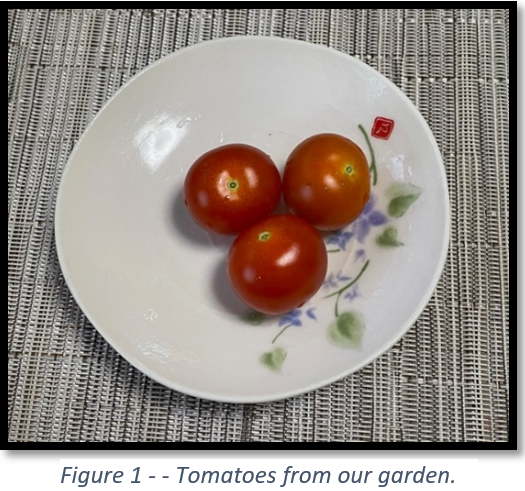 racle of horticulture and a large miracle of nature (see Figure 1).
racle of horticulture and a large miracle of nature (see Figure 1).
You might be wondering – what does a single tomato have to do with Tech & Society? Since most Tech blogs focus on things like “what are the best pair of wireless headphones?” or some such thing, a discussion of agriculture might seem out of bounds. However, if we consider where the Technology of Agriculture fits into the bigger picture of society we will begin to see a complex and vital global apparatus which is not only essential but life sustaining for all of us.
In this post, I will try to briefly outline the origins of agriculture, its direct impact on the rise of human civilization, the stresses which it is now under, and some of the exciting new technologies that innovators are bringing to bear on keeping the world fed.
This story will also reflect on how changes in agricultural cultivation due to technological evolution and climate pressures may impact land values and usage. This, along with food equity, will tie the story into the thinking of Henry George in multiple ways.
Origins of Agriculture and Civilization
It is generally agreed that agriculture emerged about 12,000 years ago (NYTimes, 2016). This probably occurred simultaneously in several locations including Mesopotamia, Egypt, the Indus River Valley, and China (NatGeo, 2022). Many researchers have argued that certain agricultural preconditions are in fact necessary for urbanization and much later industrialization (Bairoch, 1991).
In fact, it is only due to the development of agriculture that cities themselves became possible. Cities arose in the same regions listed above (see Figure 2). For the first time in human history, food surpluses became predictable with the storing of foodstuffs. This, then allowed some society members to engage in tasks other than sustaining survival. The very first Science – astronomy – was thus developed as early sky watchers governed the timings of the crop cycle by syncing it to the movements of the heavens (Stetson, 1930).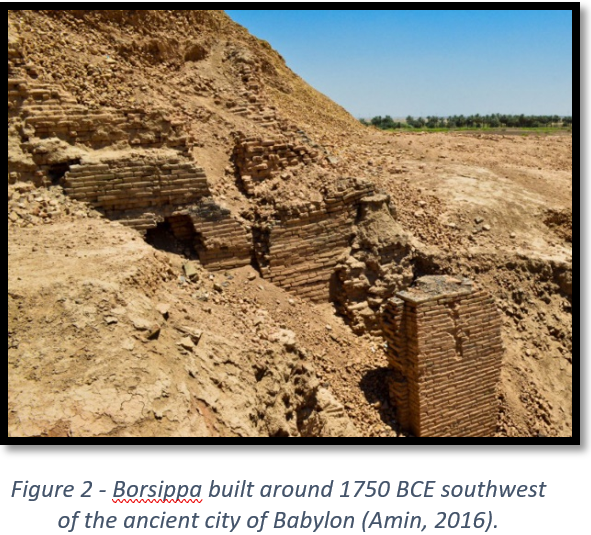
As agriculture developed so did agricultural technology. Plows emerged around 5000 BC eventually using Oxen to pull them. The first iron plow was later introduced in China around 200 BC. With the entrance of Eli Whitney’s cotton gin in 1794, a new mechanical age was ushered in for agricultural technology (Biering, 2022). In today’s environment, automation and mechanical devices proliferate and are often custom-built to support different types of crops and functions. According to Paul (2009), some even view agriculture itself as a form of technology.
Agriculture and Equity
A useful starting point in understanding the state of agriculture today is by looking at access to nutrition. The technical advances of the 20th century have revolutionized life around the world not only in communications, pharmaceuticals, and transportation but also with food. The “Green Revolution” has allowed for ever increasing crop yields. However, this has put agriculture on a “technology treadmill” (Thompson, 2009). As new technologies are adopted, profits rise but can also fall back due to technical parity and some producers lose their land and equipment in still further waves of further modernization.
Henry George, the 19th century economist and philosopher, spoke plainly about the irony of an economic system which could produce great wealth but also leave many behind. In his classic book, “Progress and Poverty” (1879), he spoke directly about this as it relates to agriculture and its important byproduct, food:
“I assert that the new mouths which an increasing population calls into existence require no more food than the old ones, while the hands they bring with them can in the natural order of things produce more. I assert that, other things being equal, the greater the population, the greater the comfort which an equitable distribution of wealth would give to each individual. I assert that in a state of equality the natural increase of population would constantly tend to make every individual richer instead of poorer.” – George, 1879
These words, unfortunately, have not seen general fulfillment as yet. In fact, when we look at the state of global nutrition today, great inequities remain despite our advanced capabilities. Specifically, around 3 billion people cannot afford a healthy diet as of 2020 as shown in Figure 3 (The World Bank, 2020). Ultimately, scientific, technological, political, social, economic, and logistical issues all need to be addressed to soften this human crisis. However, agriculture output is key.
Agricultural Productivity
To provide more equity in food availability it is helpful to survey the state of the US industry for overall trends and improvements. As an industry, agriculture represents 5% of US GDP. Even though this includes farming, fishing, food manufacturing, textiles, and food service, the farm workforce has declined 80% over the last century. At the same time, farm productivity has increased 1.76% annually for the last 50 years (USDA, 2004). This has happened at a time when a total of 5% of agricultural land was taken out of production. Interestingly, these results have not proceeded uniformly. Some states have declined in productivity by as much as 30% (see Figure 4). Thus, this means output advances are not guaranteed despite available technology.
This importance of agriculture and agricultural productivity and economics was recognized by Henry George more than a century ago:
“Let plowing cease, and would not the effect at once be felt in counting-room, and machine shop, and factory? Would not loom and spindle soon stand as idle as the plow? That this would be so, we see in the effect which immediately follows a bad season.” – George, 1879
Digital Agriculture
Looking to the future, although farm productivity has a long history of improvement, to respond to various challenges, agriculture businesses are now turning to advanced technologies – collectively called Digital Agriculture. While traditional methods including plowing, sowing, and irrigation are still critical to growing and harvesting successfully, today IoT (Internet of Things), AI, GIS (Geographic Information Systems), sensors, drones, robots, and their integrated applications all add new layers of capabilities to agricultural production (Patra, 2021). Robots, as one advancement, are reducing labor costs and allowing farmers to focus on other innovative aspects of the value chain. Such agricultural robots can accomplish harvesting/picking, sorting, packing, weeding, mowing, and pruning, for example.
Moreover, the systems managing these new devices can collect, classify, and analyze vast amounts of data to detect patterns and solutions. This includes advanced spectral analysis of crops to determine if they are growing optimally or if an intervention is required. Applying GPS and GIS solutions, autonomous vehicles, including robotic tractors, can work practically around the clock driving up productivity further. Improved weather data can also be used to manage water resources more efficiently and to better predict harvest times (Fountas, 2020).
However, not all agriculture practices of recent years have worked out well. Famously, while originally seen as immensely beneficial, herbicides and fertilizers have often proven to be toxic or have bleached the soil of nutrients. More recently, GMOs have been called out as having potential downsides although in concept this approach is what humans have been doing in selectively cross-pollinating plants for millennia.
Such experiences led to the popularity of natural farming methods in recent decades where instead of layering on expensive and intrusive technologies, the opposite is done. A pioneer in this field was Masanobu Fukuoka of Japan (2009) who asked the question – what steps can I eliminate to gain a better yield? Before long, with a highly natural method, he was outproducing his neighbors who spent significant time and money to produce less per acre.
Climate Challenges for Agriculture Technology
On top of the typical challenges of farming, the fluctuations in crop prices, and the required investment in technology to maintain productivity, the farmer has always needed to deal with the vagaries of nature. However, for today’s professional growers, new challenges abound. At a time of global climate change, there have been and will continue to be agricultural impacts (Bhusal, 2020). Just a few of these include:
- Changes to the water cycle (i.e., precipitation levels).
- Migration of suitable crop areas away from traditional latitudes.
- Depletion of bio-diversity undercutting crop stability.
- New invasive pests and pathogens riding the rolling wave of climate modifications.
- Fluctuations in natural hazards such as drought, flood, hail, rain, wind, and fire.
In order to chart a course over the next few decades which successfully navigates these challenges, the agricultural industry and their technical suppliers and scientists will look to adopt Climate Smart Agriculture (CSA). This approach will put agricultural solutions which mitigate, adapt, and boost productivity of farm technology wherever possible. If this does not happen, the status quo of agricultural technology could begin to lag behind the fast-moving climate changes we see around us.
Agriculture, Economics, and Land Value
In considering the global food crisis, its impact on prosperity and poverty, the role of technology in meeting essential food needs, and the utilization of emerging technologies in expanding the Green Revolution in the face of climate change, one additional factor needs to be discussed. That is the role of economics in the agricultural industry and how alternative methods of land valuation might improve this. Today, speculation in real estate is well known but a burgeoning financial focus around the “assetisation” of farmland has also taken hold. This movement allows for investors to profit from both the productive value of farmland and its capital appreciation (Duncan, 2022). This trend builds on speculative approaches with other land types and can put food sources at further risk should financial instability in markets or climate change introduce disruptions in arable land usage, ownership, or control.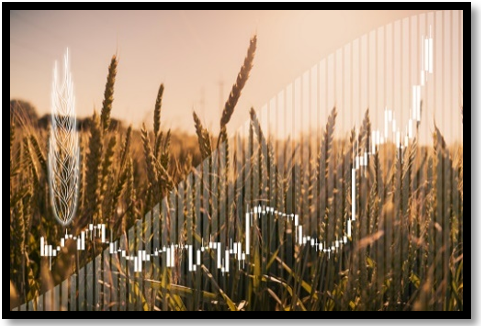
Such financial gimmickry for urban or rural land was precisely what Henry George spoke against. A key aspect of George’s thinking was not just around the concept of promoting equity in a capitalistic economy, but the mechanics of how to achieve it. George emphasized a Land Value Tax (LVT) to accomplish a more equitable society while maintaining prosperity. Henry George argued that there was nothing impractical about implementing a LVT and that this would be better than the “present corrupt, demoralizing, and repressive methods of taxation” (George, 1871).
The LVT approach is diametrically opposed to the financial methods described by Duncan (2022). George’s concept of the LVT (Land Value Tax) meant that, through the use of leases for land, society can fund its public needs at lower cost. As this relates to agricultural finance, in Progress and Poverty, George explained:
“The farmer would be a great gainer by the substitution of a [LVT] …, for the taxation of land values would fall with greatest weight, not upon the agricultural districts, where land values are comparatively small … but upon the towns and cities where land values are high.” – George, 1879
As a modern example of this, the county of Bremer, Iowa, a rural farming county, consists of 281,344 acres with an average price of $3,435 per acre. A 0.6% LVT would yield a revenue of $5.7B per year. Compare this with LA county with a per acre value of $2 million, proving George’s point. Interestingly, the LA county budget for 2022 is $36.2 billion (Barrera, 2021). Applying a 0.595% LVT to the jurisdiction would meet this budget requirement and simultaneously replace current income sources including government service fees, grants, property and other taxes.
Such analysis can be demonstrated by the Henry George School’s LVT Calculator which is available online. Anyone can model this or similar scenarios for any US county, see: https://www.hgsss.org/lvt-calculator/ (Cusick, 2021).
Digging deeper into this, we find a lower revenue amount for this same land area using current approaches. According to the Iowa State Association of Counties (ISAC, 2019), Bremer County, using a traditional 8.25% property tax method on unincorporated land, only generates $5.1B in potential tax value. This does not consider revenue from sales tax and other fees assessed by the County. That same differential can be seen across the United States where the 2020 cropland average was $4,420 per acre as seen in Figure 7 (USDA, 2021). This represented an increase of $320 per acre (or 7.8 percent) from the previous year (see Figure 6). What this tells us is that through extrapolation, a typical LVT approach applied to general US farmland can more than satisfy rural social spending needs at reduced taxation rates.
Conclusions
We started with a simple tomato. Yet, as we discovered, even this simple tomato has many stories to tell. It represents a complex web of technology, culture, Economics, policy, and even Global equity. In the present global context, it also bridges the topics of war and peace, tariffs, trade policy, and inflation. Little did I know when I planted my humble tomato plant a few months ago that my eventual red globes of freshness and nutrition would prompt me to think about this wide array of issues. Nevertheless, these amazing byproducts of the sun and soil do indeed force us to think about the sophistication of our civilization, its roots in our farms, what makes it beneficial to its members, and the challenges we face in the future to meet our most fundamental of needs – that of nourishment.
References
- NYTimes, (2016). “How the First Farmers Changed History: Skeletons from ancient settlements in the Near East are providing answers about how agriculture, and society, arose”, The New York Times, 10/18/2016.
- NatGeo, (2022). “The History of Cities”, Resource Library: National Geographic, viewed 7/25/2022.
- Bairoch, Paul, (1991). Cities and Economic Development: From the Dawn of History to the Present Reprint Edition, University of Chicago Press; Reprint edition (June 18, 1991).
- Stetson, Harlan True, (1930). Man and the Stars, Whittlesey House, McGraw-Hill, NY, 1930.
- Biering, Dave, (2022). “History of Agriculture Equipment: Important Developments and Examples”, TriStar Blog, viewed 7/25/2022.
- Thompson, Paul, (2009). “Philosophy of Agricultural Technology”, Philosophy of Technology and Engineering Sciences, pp 1257-1273, DOI: 10.1016/B978-0-444-51667-1.50048-3.
- Amin, Osama, (2016). “Visiting the Ancient City of Borsippa”, DOI: 10.13140/RG.2.2.13477.09447.
- George, Henry, (1879). Progress and Poverty: An Inquiry into the Cause of Industrial Depressions and of Increase of Want with Increase of Wealth. The Remedy., D. Appleton and Company, New York, 1879.
- World Bank, (2022). “Food Prices for Nutrition DataHub: global statistics on the cost and affordability of healthy diets”, International Comparison Program (ICP) Briefs, The World Bank, viewed 7/26/2022.
- USDA, (2004). “1960-2004-Total Factor Productivity, Agricultural Productivity in the U.S”, Economic Research Service, S. Department of Agriculture.
- Patra, Prasanta & Behera, Duryadhan & Goswami, Shreerup, (2021). “Digital Agriculture“, Technology Beyond Conventional Agriculture (cover image courtesy of this article).
- Fountas, Spyros & García, Borja & Kasimati, Aikaterini & Mylonas, Nikolaos & Darra, Nicoleta, (2020). “The Future of Digital Agriculture: Technologies and Opportunities”, IT Professional, 22. 24-28. DOI: 10.1109/MITP.2019.2963412.
- Fukuoka, Masanobu, et. al., (2009). The One-Straw Revolution: An Introduction to Natural Farming, New York Review Books Classics, Paperback – June 2, 2009.
- Bhusal, Aastha, et. al., (2020). “Compendium: Climate-Smart Agriculture Technologies and Practices”, ResearchGate.net.
- Duncan, E., Rotz, S., Magnan, A. & Bronson, K. (2022). “Disciplining land through data: The role of agricultural technologies in farmland assetization”, Sociologia Ruralis, 1–19.
- George, Henry, (1871). Our Land & Land Policy: Speeches, Lectures, and Miscellaneous Writings, Wenzer, K., ed., Michigan State University Press, East Lansing, 1999, Originally published: White & Bauer, San Franciso, 1871.
- Cusick, J., & Dragan, R., (2021). “Introducing the Land Value Tax Approach with an Online Calculator”, Eastern Economic Association 47th Annual Conference, New York, NY, February 2021.
- Barrera, Arlene, (2021). “County of Los Angeles, California Annual Comprehensive Financial Report Fiscal Year Ended June 30, 2021”, County of Los Angeles Department of Auditor-Controller, December 15, 2021.
- ISAC, (2019). “County Financial Overview, January 2019”, Iowa State Association of Counties.
- USDA (2021). “Land Values 2021 Summary, United States Department of Agriculture”, National Agricultural Statistics Service, ISSN: 19491867, August 2021.
Leave a Reply
Want to join the discussion?Feel free to contribute!


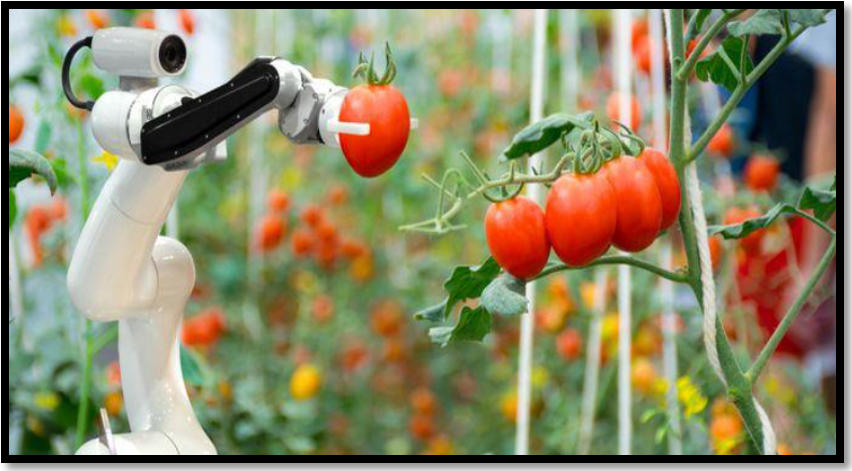
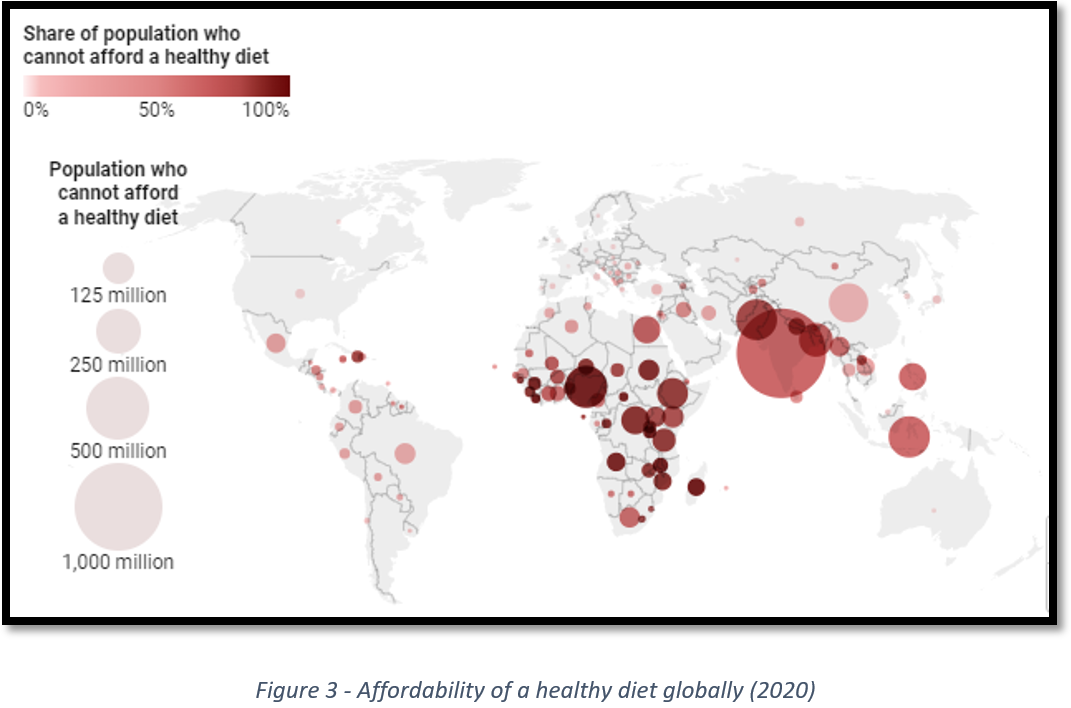

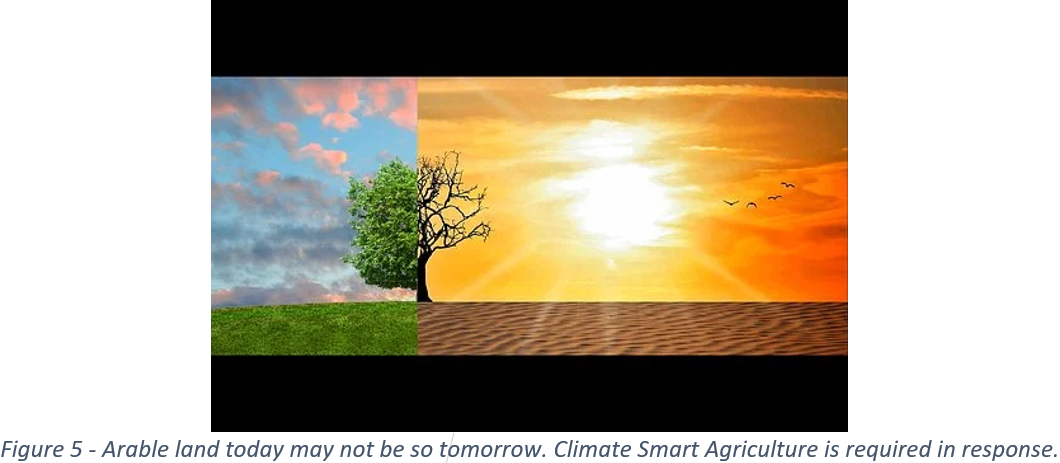
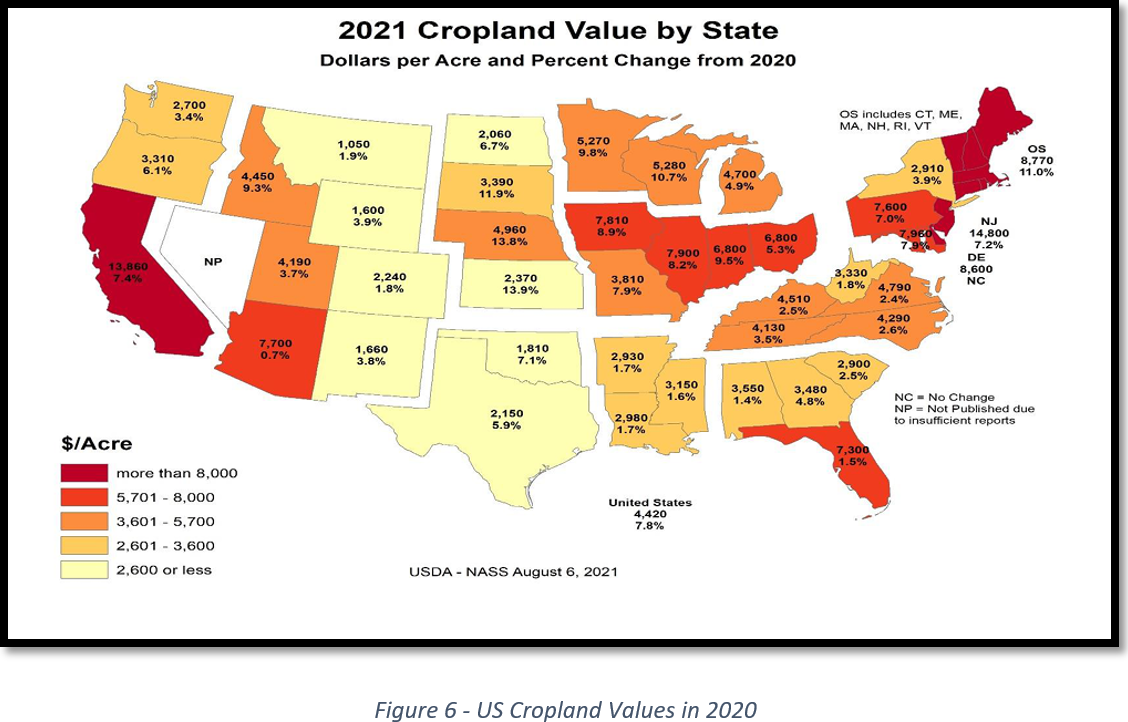

I have been a Georgist for over 50 years and have become frustrated by the fact that the landlords always are opposed to LVT. But as Georgists we should not give up, and we need to consider alternative methods for the collection of the ground-rent from which there will be much less or no opposition. Her is one that I have concockted and it came from a question by David Tiggs at a conference a few years ago: “How can we make LVT acceptable to landlords?”
A MORE STEALTHY GEORGIST CAT
The Georgist cat is small and lean
And often doesn’t get to be seen.
It hides in the branches of an economic’s-tree
So it takes a long while for you or for me,
To appreciate its cute and original form
That the landlords are so ready to scorn.
The economic’s-tree has many fine branches
(On which we contend, there are no free-lunches).
Whilst the land-owning rich in the city all claim
As bloated capitalists, that they’re not to blame
For the gap that lays ‘twixt the poor and the wealthy,
But oppose any tax to make our nation healthy.
Have you heard the tale of a committee, that
Thought to bell and get warning of a fat cat?
But could not find a soul to apply this device,
Because typically all were a council of mice!
Our Georgist cat has a bell ready-fitted,
(Which makes this analogy more to be pitted).
This warning sound makes our ideals unwanted,
For a new tax is how politicians get doubted.
So the Georgist cat fails to catch any mice
That pose as landlords, along with their vice.
But how shall we silence the bell’s warning sound
And quieten the news that our pussy’s around?
Our Georgist feline is in serious error,
‘Cause its bell draws attention not only to whether
Valuable sites can be ethically shared,
But also the rent from a site is declared
As the means to replace other kinds of taxation,
Which obviously causes the landlords vexation.
In the economic’s tree many other beasts lurk
But are missed, after learning of Henry G’s quirk
Through the cat-finder’s recently brilliant discovery.
This writer seeks a new means for recovery
From our politi-unacceptable claim,
And stealthily project LVT once again.
If we would but examine some more of the tree
Alternatives are waiting there for us to see.
Among them is hiding a far better way
For an equivalent LVT effect, to stay
In essence, without causing such evil offences
To the landlords and their partitioning fences.
When a property-owner decides to sell–quick
The gov’ment buys its land, and not the public!
Its occupant then leases it for a similar fee
To the One-Tax of Henry George’s decree.
Any buildings on-site should be sold as previously
But without the land, on which the price grievously
Had risen, with huge speculation in its advance
That stopped entrepreneurs from having a chance.
The cost of this land must be raised through new bonds
Which the government sells and the public responds,
‘Though their interest-rate’s a bit lower than rent,
Their returns are more stable than the average tenant!
This process will take many years to complete–
So its financial support is no great money feat.
After the lease-fees begin to collect,
Gov’ments can tax less, and firmly expect
To pursue this policy without change, until
All the lease-fees are site-rents in the Gov’ment’s till.
With the land properly shared, the government sees
That site development stays with the current leasees.
Other taxes that cause so much trouble and hate
Are scrapped, with great pleasure to all in the state,
Except for some bankers and the tax collectors
Whose actions no longer apply in these sectors.
Land-rights will be shared through this simple device,
By a fast-growing country that takes our advice.